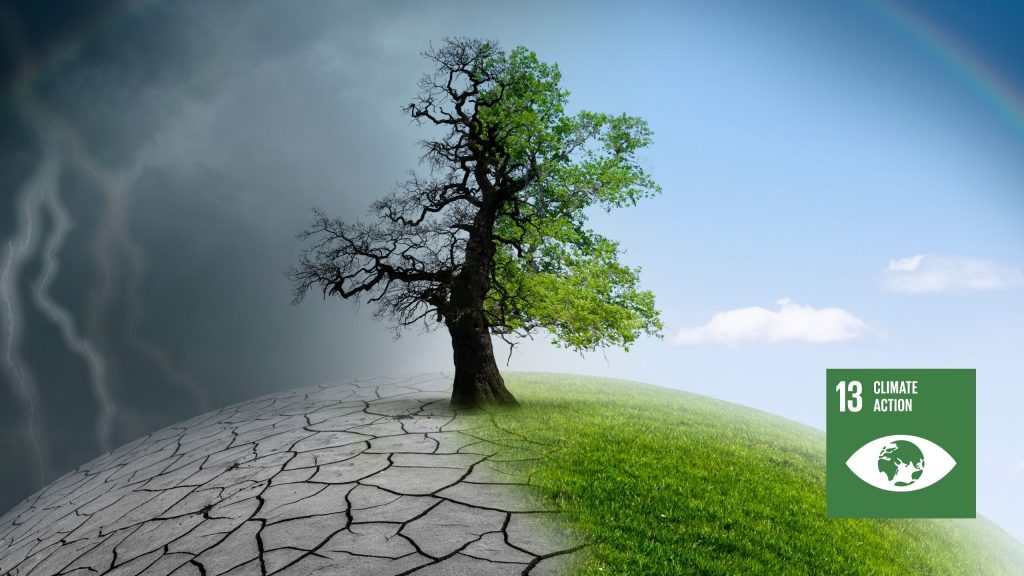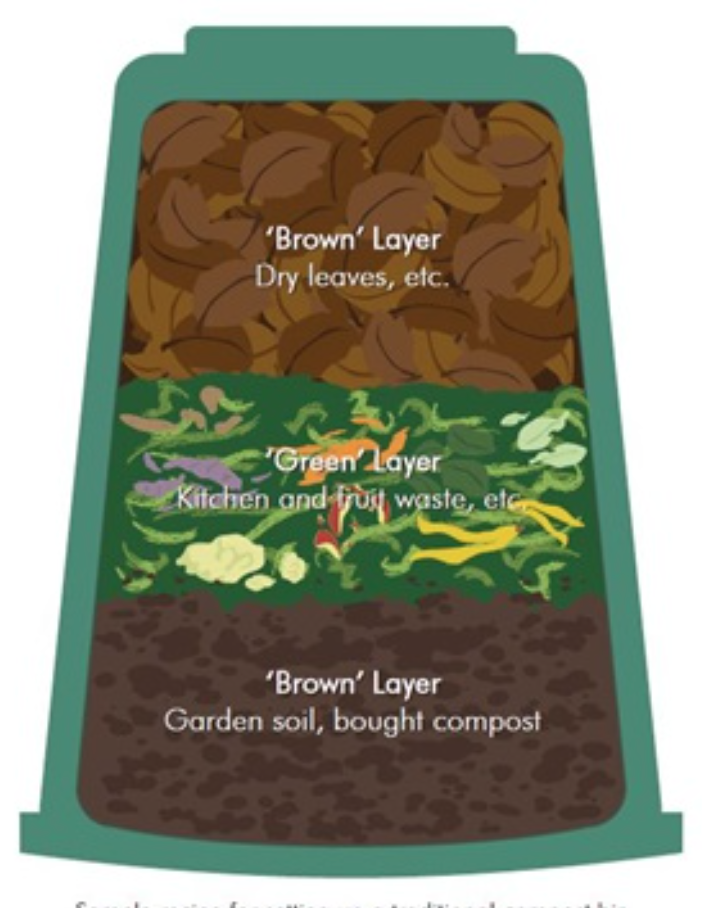Climate change is one of the greatest challenges facing our planet today, and the need for urgent action to address it is increasingly apparent. The United Nations has recognized this need by including Goal 13: Climate Action as one of the 17 Sustainable Development Goals (SDGs). This goal aims to take urgent action to combat climate change and its impacts, and individuals can play an important role in achieving it.
One of the most significant ways that individuals can contribute to achieving Goal 13 is by reducing their carbon footprint. Carbon dioxide and other greenhouse gases trap heat in the Earth’s atmosphere, leading to rising global temperatures, melting ice caps, and rising sea levels. By reducing carbon emissions, individuals can help mitigate the effects of climate change.
There are many ways to reduce your carbon footprint. One simple way is to use public transportation or bike instead of driving a car. Cars are a major source of carbon emissions, and reducing car use can significantly reduce your carbon footprint. Eating a plant-based diet is another way to reduce your carbon footprint since animal agriculture is a significant contributor to greenhouse gas emissions. You can also reduce your energy consumption by turning off lights and appliances when not in use and by reducing your water consumption.
Another way to help achieve Goal 13 is to support renewable energy. Renewable energy sources, such as solar, wind, and hydro power, generate electricity without producing greenhouse gas emissions. You can support renewable energy by installing solar panels or wind turbines to generate your own electricity or by purchasing renewable energy credits to support renewable energy projects.
Planting trees is another way to help combat climate change. Trees absorb carbon dioxide from the atmosphere and release oxygen. Planting trees can help reduce carbon emissions and combat climate change. You can plant trees in your yard or support reforestation initiatives.
Governments play a crucial role in addressing climate change by implementing policies that reduce carbon emissions and promote sustainable practices. As an individual, you can advocate for climate policies by contacting your representatives, signing petitions, and supporting political candidates who prioritize climate action.
In addition to these actions, the United Nations has also created an app called “Act Now” to help individuals take action on climate change. The app provides users with simple everyday actions they can take to reduce their carbon footprint, such as taking shorter showers, turning off lights when leaving a room, and reducing meat consumption. The app also allows users to track their progress and share their actions on social media to inspire others.
Finally, supporting sustainable businesses can help reduce carbon emissions and promote sustainable practices. You can support sustainable businesses by purchasing products made from sustainable materials, supporting companies with sustainable practices, and reducing your consumption overall.
In conclusion, individuals can make a significant impact on achieving Goal 13: Climate Action by reducing their carbon footprint, supporting renewable energy, planting trees, advocating for climate policies, using the UN’s “Act Now” app, and supporting sustainable businesses. By taking action in these areas, we can all play a part in addressing the urgent challenge of climate change and securing a sustainable future for ourselves and future generations.
Source: Act Now | United Nations








